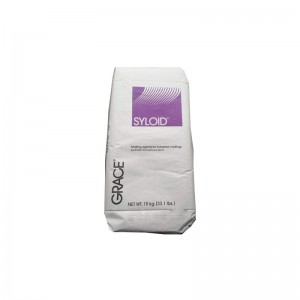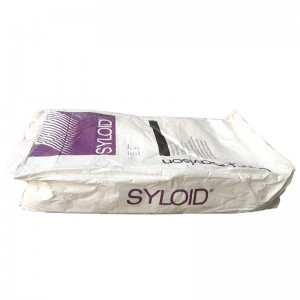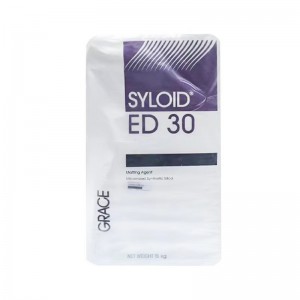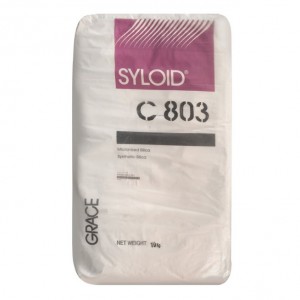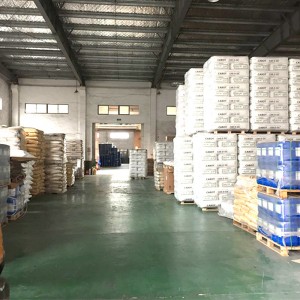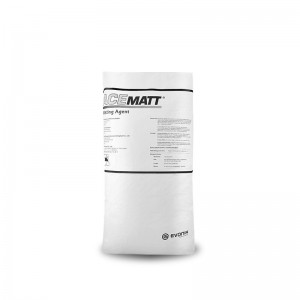Matting powder TT3300 original German imported coating TT3300
| Performance index | Measurement unit | Value |
| Drying loss (105℃ for 2h) | % | 3 |
| Burning loss | % | 5 |
| PH value | 7.9 | |
| Sulfur content | % | |
| Agglomerate size | µm | |
| Average particle size d50 | µm | 9.0 |
| Average scraper fineness | µm | 38 |
| Compaction density | G/L | 50 |
| Specific gravity | G/cm3 | 2.0 |
| Oil absorption | G/100g | 260 |
| SiO2 content | % | 99.5 |
| Electrical conductivity | U s/cm | U s/cm |
Usage and dosage: silica extinction powder is easy to disperse, can be added in any stage of the production process, alone or with pigments and other additives dispersed. Disperse with a high-speed disperser, first add an appropriate amount of extinction powder to the coating, start slow stirring, and then rise to the appropriate speed (line speed in 10~20m/s, according to the viscosity of the system), stirring for 10~20 minutes, to obtain a uniform dispersed phase without coarse particles. Can not grind, otherwise affect its extinction efficiency.
Extinction powder TT3300 is a kind of silica extinction powder produced by gas phase process after PDMSD(polydimethylsilane) treatment. Fumed silica is different from wet silica, and the big difference between the two is the amount of adsorbed water and chemically bound water. The drying loss (105 ° C for 2 hours) and burning loss (1000 ° C for 2 hours) of fumed silica were lower. As in PU systems and varnishes, these differences are related to performance.
Extinction powder TT3300 is a kind of extinction powder with excellent extinction effect and high transparency. Matte powder TT3300 has more benefits in soft coatings, resulting in a matte finish with an elegant touch, also known as touch. Compared with the untreated fumed silica extinction powder, the paint with extinction powder TT3300 also has a significant improvement in scratch resistance and wear resistance. In solve-based and water-based coatings, surface treatments provide excellent suspension properties. In the aqueous system, its adsorption with the thickening agent is very small, so the rheological properties of the system are more stable.





